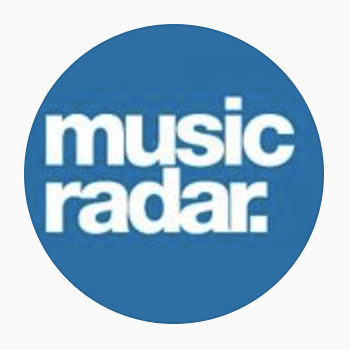Guitar FX lessons for beginners
A video tutorial series on guitar effects basics
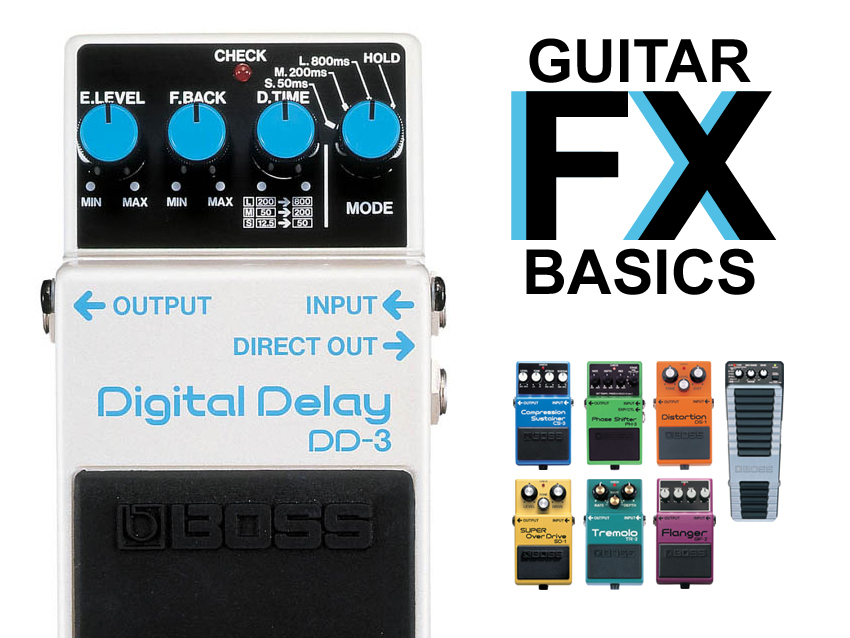
Guitar FX lessons for beginners: intro
Getting to grips with guitar effects can be a complicated business and there are so many different types that it can be difficult to know where to start.
This Guitar FX series of basic video lessons for beginners is a brief introduction to the most common effects…
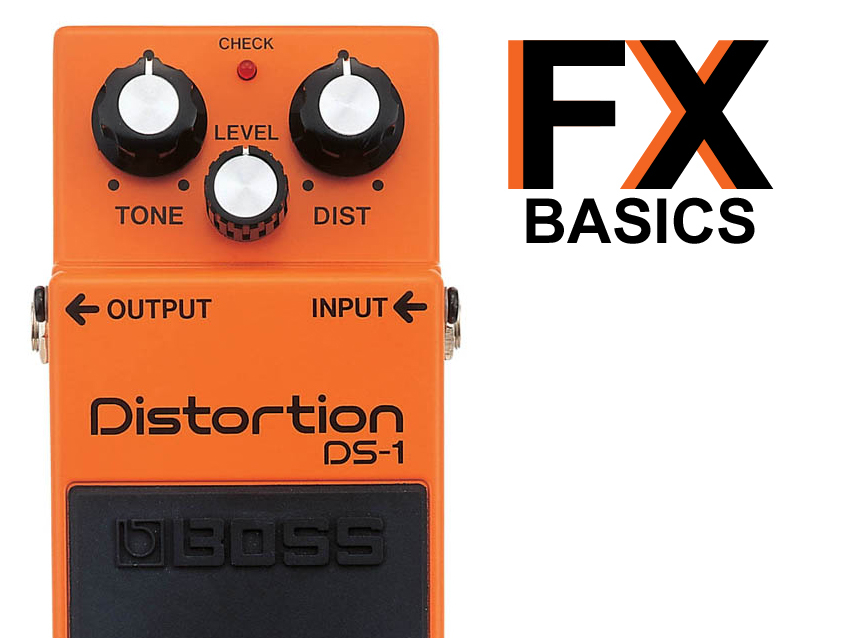
What is distortion?
Our first video lesson focuses on distortion. Distortion occurs when the gain (the degree of amplification) of the signal is turned up beyond the point where the circuitry is able to handle it, causing the signal to ‘distort’. It sounds similar to overdrive, but a distortion pedal typically sounds more dense.
Click here for video lesson
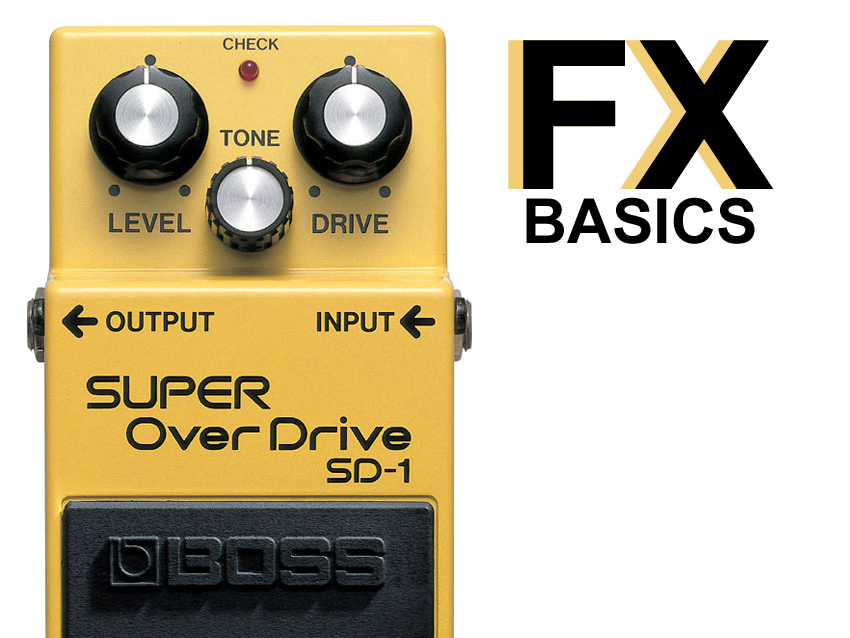
What is overdrive?
This video lesson focuses on overdrive. Overdrive is one of the most basic guitar effects, and occurs when the gain (the degree of amplification) of the guitar signal is turned up beyond the point where the circuitry is able to handle it. This causes the signal to ‘distort’.
Click for video lesson
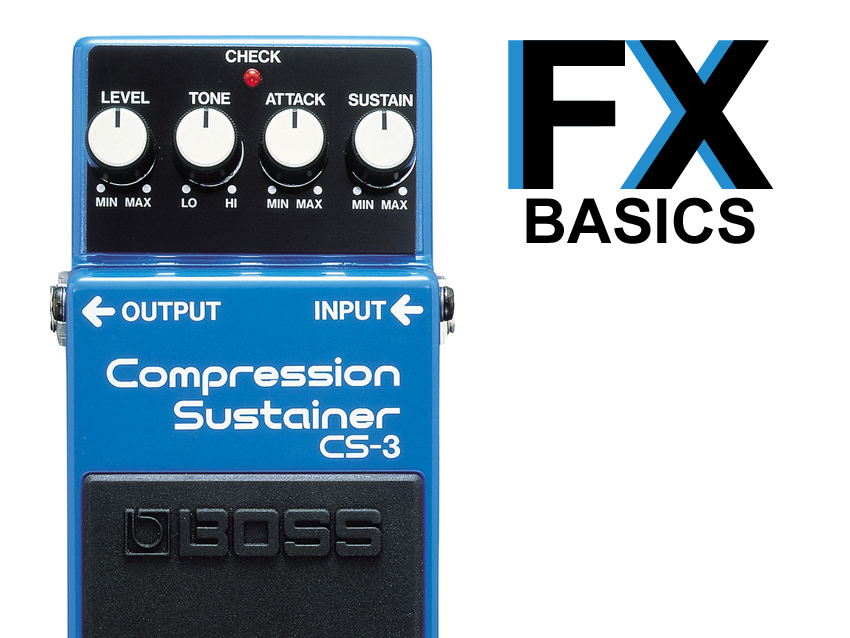
What is compression?
This video lesson focuses on compression. It’s easiest to think of compression as an automatic volume control, with the volume being turned down very quickly every time a loud sound occurs. The result is a smaller difference between loud and quiet sounds, making the signal sound ‘compressed’…
Click for video lesson
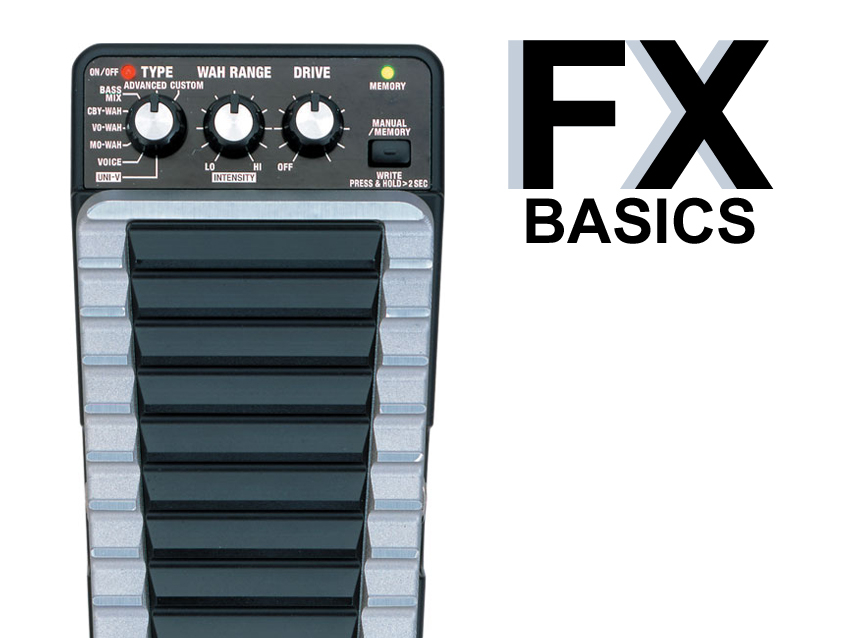
What is wah-wah?
This video lesson focuses on wah-wah (often referred to simply as wah). Wah-wah mimics the ‘ahh’ vowel of the human voice by applying a filter (a process that allows only certain frequencies to pass through) to the signal.
The range of frequencies this filter allows to pass can then be moved up and down by rocking the treadle pedal back and forth, giving a ‘wah-wah’-like sound.
Click for video lesson
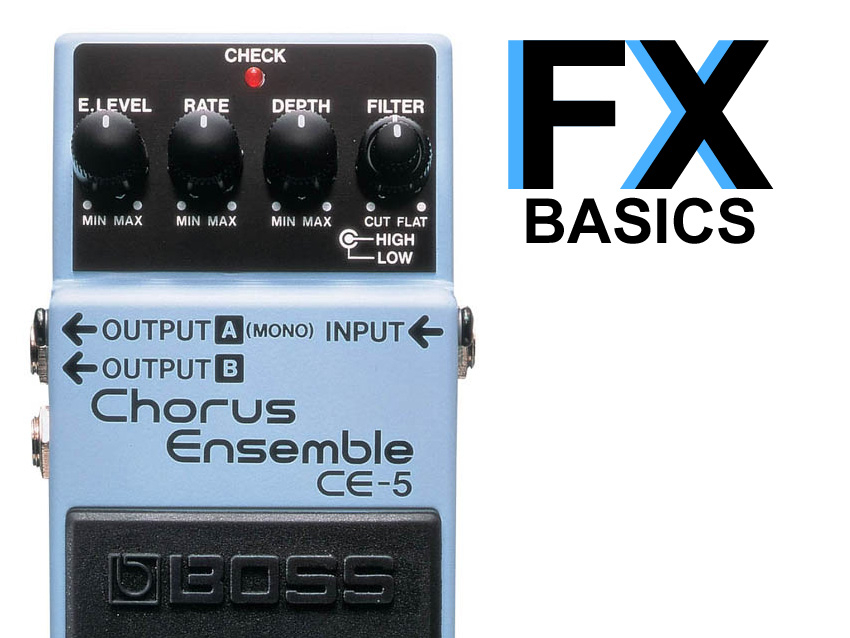
What is chorus?
This video lesson focuses on chorus. Chorus is a type of modulation effect (click here for an advanced introduction to modulation) and works by combining a dry signal with a signal that is pitch shifted slightly up and then down over time.
Click here for video lesson

What is a phaser?
This video lesson focuses on the phaser. A phaser works by mixing a copy of the guitar signal with the original after delaying the copy signal for a few fractions of a second, causing a ‘phase shift’ between the two signals. The length of this pause is gradually varied over time, resulting in a ‘sweeping effect.
Click here for video lesson

What is a flanger?
This video lesson focuses on the flanger. A flanger works by mixing a copy of the guitar signal with the original after delaying the copy signal for a few fractions of a second, causing a ‘phase shift’ between the two signals. The length of this pause is gradually varied over time, resulting in a ‘sweeping’ effect.
Click here for video lesson
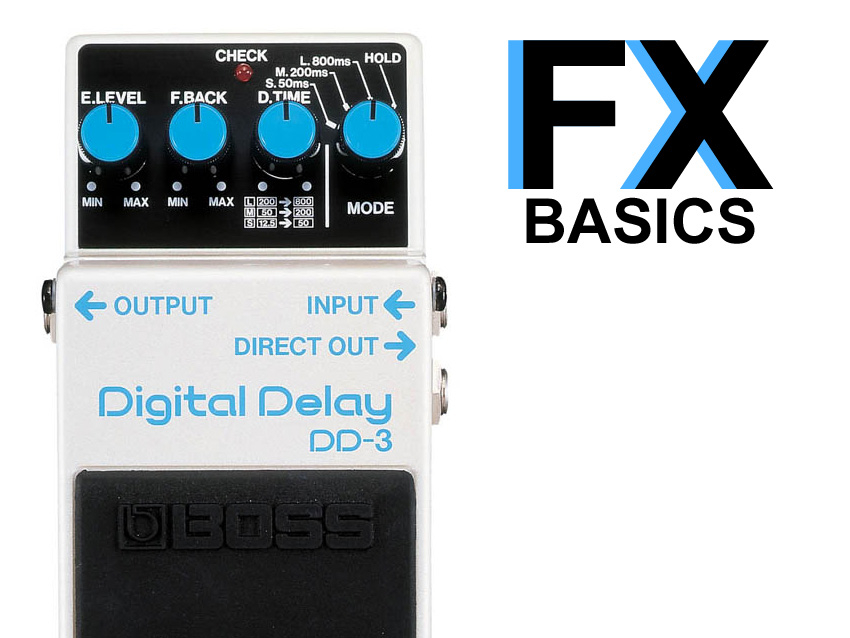
What is digital delay?
This video lesson focuses on digital delay. Delay works by adding a copy of the guitar signal to the original, unaffected ‘dry’ signal after pausing for a certain amount of time. The resulting effect sounds like a sort of echo. Delay pedals also allow you ‘repeat’ the copy of the signal so that more than one echo is heard.
Click here for video lesson
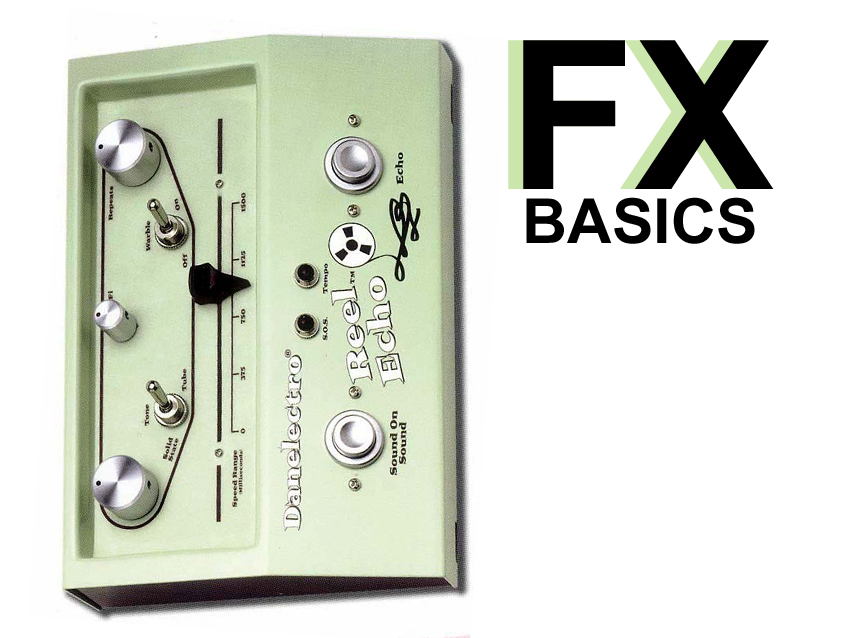
What is tape echo?
This video lesson focuses on tape echo. Tape echo is a type - in fact it was the first type - of delay. Delay works by adding a copy of the guitar signal to the original, unaffected ‘dry’ signal after pausing for a certain amount of time. The resulting effect sounds like a sort of echo. Delay pedals also allow you ‘repeat’ the copy of the signal so that more than one echo is heard.
Tape echo differs from its modern day equivalent the digital delay in that a real tape loop is used to record the original signal and play it back a moment later. Modern tape echo units often only emulate a tape loop, but the effect is the same – a slightly warped sound where each echo seems to ‘decay’ in quality.
Click here for video lesson
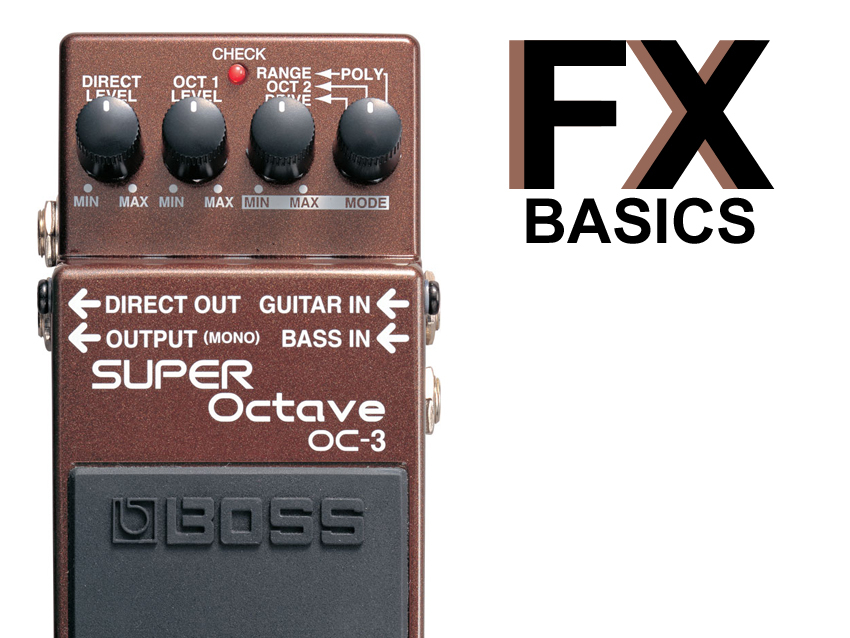
What is octave?
This video lesson focuses on octave. An octave pedal is a simple kind of pitch shift effect, where the dry, unaffected signal mixed is with the same note but either one or two octaves above or below the original pitch.
Click here for video lesson
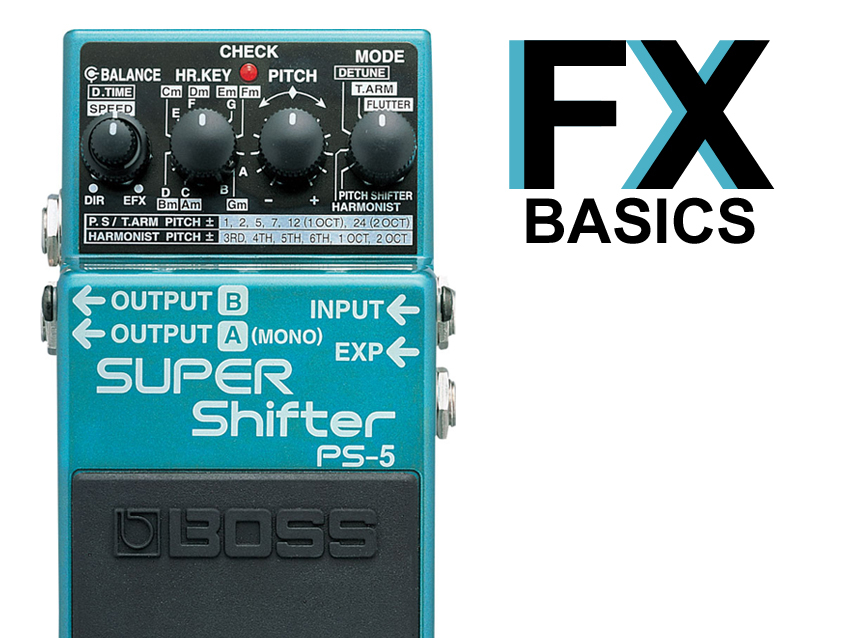
What is a pitch shifter?
This video lesson focuses on pitch shift. A pitch shift pedal mixes the dry unaffected guitar signal with copy of the note being played but at a different pitch. Modern pitch shift pedals often feature intelligent pitch shifting, meaning once the key of the song is set, the pedal will harmonise along with your playing.
Click here for video lesson
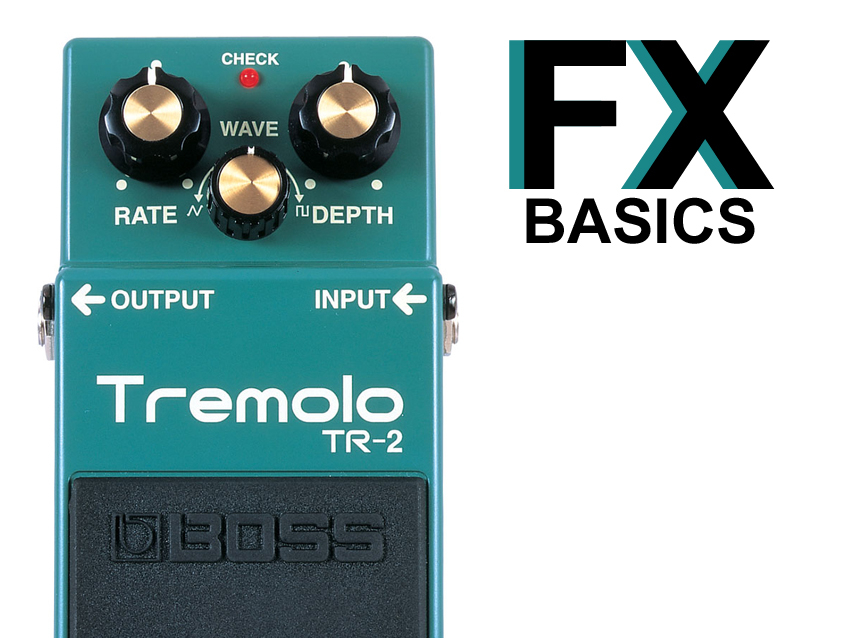
What is tremolo?
This video lesson focuses on tremolo. Tremolo is where the volume of a sound is continuously varied, up and down, over time.
Click here for video lesson
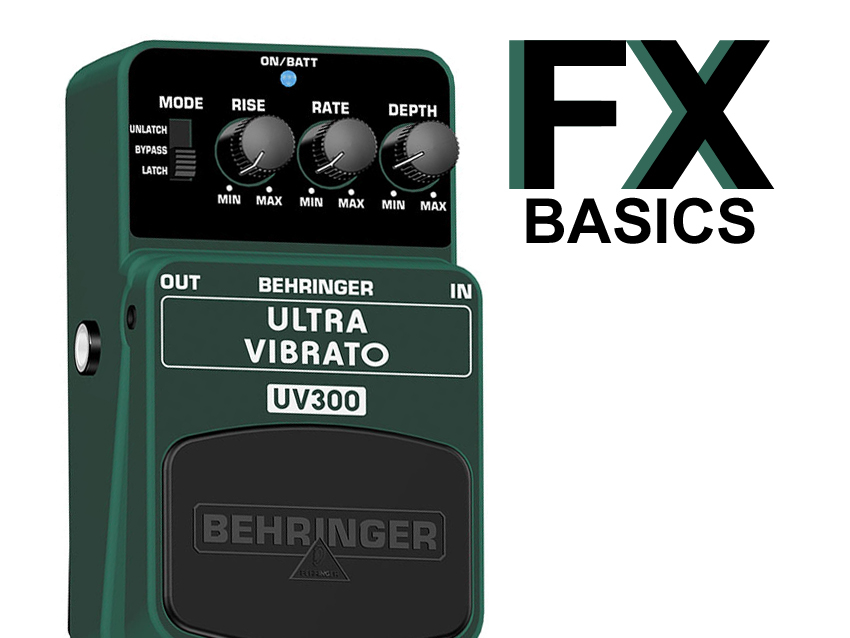
What is vibrato?
This video lesson focuses on vibrato. Vibrato is where the pitch of a sound is continuously varied, slightly sharp then slightly flat, over time. This results in a similar effect to using the vibrato arm (often misleadingly called a tremolo arm) on a guitar.
Click here for video lesson
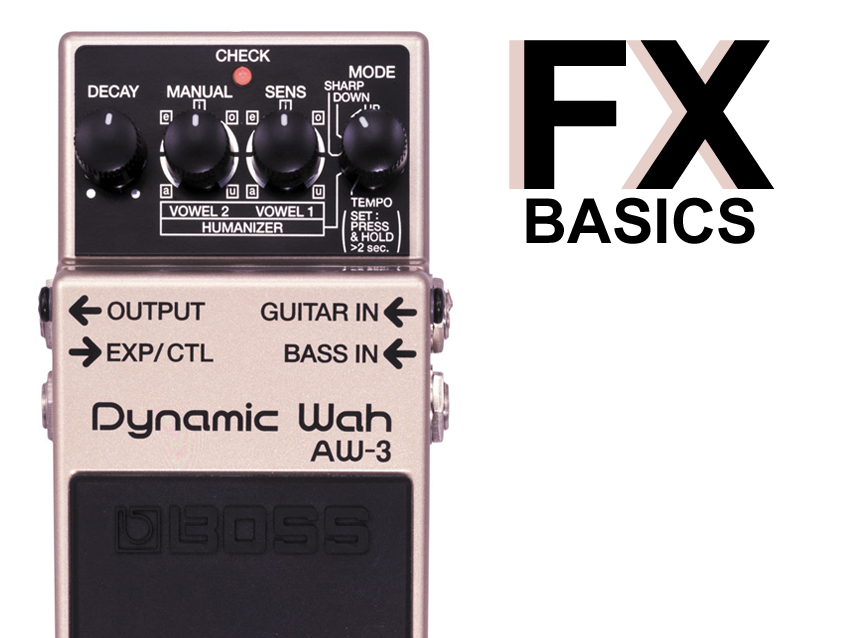
What is autowah?
This video lesson focuses on autowah. Autowah works on the same principles as ordinary wah-wah (click for a video lesson), but the filter position is determined by how loudly you play rather than the position of the treadle pedal.
Click here for video lesson
MusicRadar is the number one website for music-makers of all kinds, be they guitarists, drummers, keyboard players, DJs or producers...
- GEAR: We help musicians find the best gear with top-ranking gear round-ups and high-quality, authoritative reviews by a wide team of highly experienced experts.
- TIPS: We also provide tuition, from bite-sized tips to advanced work-outs and guidance from recognised musicians and stars.
- STARS: We talk to musicians and stars about their creative processes, and the nuts and bolts of their gear and technique. We give fans an insight into the craft of music-making that no other music website can.
